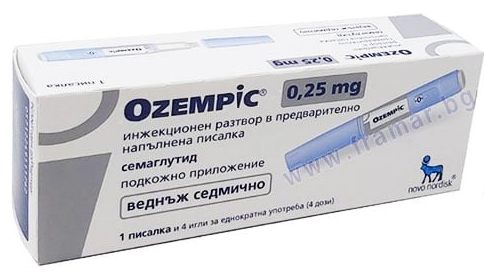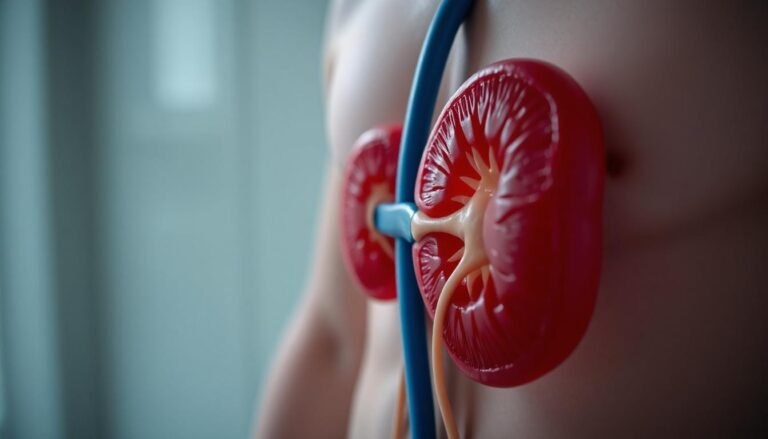How Does Laser Treatment Work for Port Wine Stain Birthmarks?
Introduction
Port wine stain birthmarks affect approximately 0.3% of newborns worldwide, appearing as reddish-purple discolorations on the skin that can significantly impact an individual’s quality of life. While these birthmarks were once considered permanent features, advances in laser technology have revolutionized their treatment. This comprehensive guide explores how laser treatment works to reduce or eliminate port wine stain birthmarks, offering hope and solutions to those affected by this condition.
Understanding Port Wine Stain Birthmarks
port wine stain birthmark laser treatment, also known as nevus flammeus, are vascular malformations caused by abnormal development of blood vessels in the dermis layer of the skin. These birthmarks appear at birth and grow proportionally with the individual, often becoming darker and more raised over time if left untreated. They occur when small blood vessels, or capillaries, become dilated and form clusters beneath the skin’s surface, creating the characteristic red to purple appearance.
Unlike other types of birthmarks that may fade naturally, port wine stains are permanent and can become more pronounced with age. They commonly appear on the face and neck but can occur anywhere on the body. The condition can be particularly challenging when located on visible areas, potentially affecting self-esteem and social interactions.
The Science Behind Laser Treatment
Laser treatment for port wine stains operates on the principle of selective photothermolysis, developed by researchers at Harvard Medical School in the 1980s. This revolutionary concept involves using specific wavelengths of light that are preferentially absorbed by the target tissue while minimizing damage to surrounding structures.
The laser light is absorbed by hemoglobin, the red protein in blood vessels, converting light energy into heat. This thermal energy causes controlled damage to the abnormal blood vessels, leading to their collapse and eventual removal by the body’s natural healing processes. The surrounding skin remains largely unaffected because it contains different pigments that don’t absorb the specific wavelength of laser light used.
Types of Lasers Used
Several types of lasers are employed in treating port wine stains, each with specific advantages:
The pulsed dye laser (PDL) remains the gold standard for treatment, typically operating at wavelengths between 585-595 nanometers. This wavelength range specifically targets oxyhemoglobin, making it highly effective for treating superficial vascular lesions. Modern PDL systems incorporate dynamic cooling devices that protect the epidermis while allowing effective treatment of deeper vessels.
Nd:YAG lasers, operating at 1064 nanometers, penetrate deeper into the skin and are particularly useful for treating darker-colored or hypertrophic port wine stains. These lasers are often used in combination with PDL for optimal results, especially in cases where deeper vessel components are present.
Alexandrite lasers (755 nanometers) and KTP lasers (532 nanometers) may also be used in specific cases, particularly when treating resistant lesions or when other laser types have proven less effective.
The Treatment Process
The laser treatment process typically involves multiple sessions, usually spaced 4-8 weeks apart. Each session follows a structured approach:
First, the treatment area is thoroughly cleaned and photographed for documentation. A topical anesthetic may be applied to minimize discomfort, particularly for sensitive areas or when treating young children. The laser operator then selects appropriate treatment parameters based on the birthmark’s characteristics, including color, depth, and location.
During the procedure, the laser delivers precisely controlled pulses of light to the treatment area. Modern systems often incorporate cooling mechanisms that activate before, during, and after each laser pulse to protect the skin’s surface and reduce discomfort. The entire session typically lasts 15-30 minutes, depending on the size of the treatment area.
Effectiveness and Expected Results
Treatment effectiveness varies significantly among individuals, with several factors influencing outcomes. Research indicates that approximately 75-80% of patients experience significant improvement, with best results typically seen in:
- Younger patients who begin treatment early
- Facial lesions, particularly those located on the central face
- Lighter-colored and non-hypertrophic port wine stains
Initial results usually become visible within 2-3 weeks after each treatment session. The birthmark typically appears darker or more purple immediately after treatment, followed by gradual fading as the body removes the treated blood vessels. Most patients require 6-10 sessions to achieve optimal results, though some may need more treatments depending on the birthmark’s characteristics.
Potential Side Effects and Risks
While laser treatment for port wine stains is generally safe, potential side effects can occur:
Temporary effects may include:
- Bruising and swelling lasting 7-14 days
- Skin darkening or lightening that usually resolves within several months
- Mild discomfort or burning sensation during and shortly after treatment
- Formation of small blisters or crusts
More serious but rare complications can include:
- Permanent scarring
- Changes in skin texture
- Persistent hyperpigmentation or hypopigmentation
- Infection (extremely rare with proper care)
Factors Affecting Treatment Success
Several key factors influence the effectiveness of laser treatment:
Age at treatment initiation plays a crucial role, with earlier intervention generally producing better results. This is partly because younger patients’ blood vessels are typically smaller and more responsive to treatment, and their skin has greater capacity for healing and remodeling.
The birthmark’s characteristics significantly impact treatment outcomes. Factors include:
- Color and depth of the port wine stain
- Location on the body
- Presence of nodularity or hypertrophy
- Patient skin type and thickness
Additionally, patient compliance with treatment protocols and post-treatment care instructions substantially affects final results.
Post-Treatment Care
Proper post-treatment care is essential for optimal results and minimizing complications. Immediately after treatment, patients should:
- Apply ice packs to reduce swelling and discomfort
- Keep the treated area clean and dry
- Avoid direct sun exposure and use broad-spectrum sunscreen
- Refrain from applying makeup until any crusting has healed
- Follow specific skincare instructions provided by their healthcare provider
Long-term care involves protecting the treated area from sun exposure and maintaining regular follow-up appointments to monitor progress and adjust treatment parameters as needed.
Recent Advances and Future Developments
The field of laser treatment for port wine stains continues to evolve, with several promising developments:
Advanced imaging technologies now allow for better visualization of blood vessel patterns, enabling more precise treatment planning. Three-dimensional imaging and real-time monitoring systems help practitioners optimize laser parameters during treatment.
New laser systems incorporating multiple wavelengths or combining different treatment modalities show promise for treating resistant cases. Research into photodynamic therapy and novel cooling systems may further improve treatment outcomes while reducing discomfort and recovery time.
Conclusion
Laser treatment near me represents a significant advancement in managing port wine stain birthmarks, offering hope to those affected by this condition. While not a perfect solution for every case, modern laser therapy provides safe and effective treatment options that can substantially improve appearance and quality of life. Success depends on various factors, including early intervention, appropriate laser selection, and proper treatment protocol adherence.
As technology continues to advance and our understanding of vascular lesions grows, we can expect even more effective treatments to emerge. For individuals considering treatment, consultation with experienced healthcare providers who can develop personalized treatment plans remains crucial for achieving optimal results.






